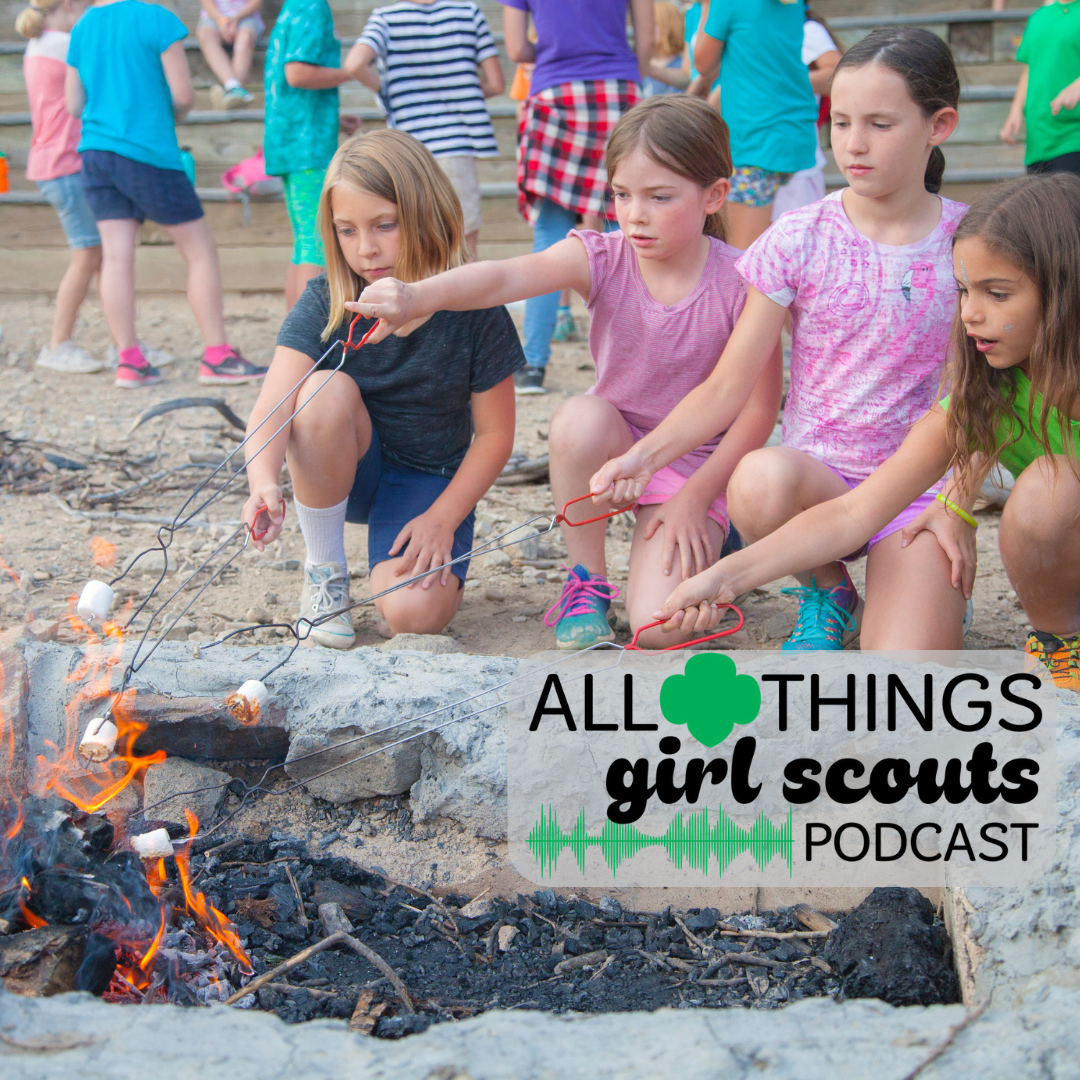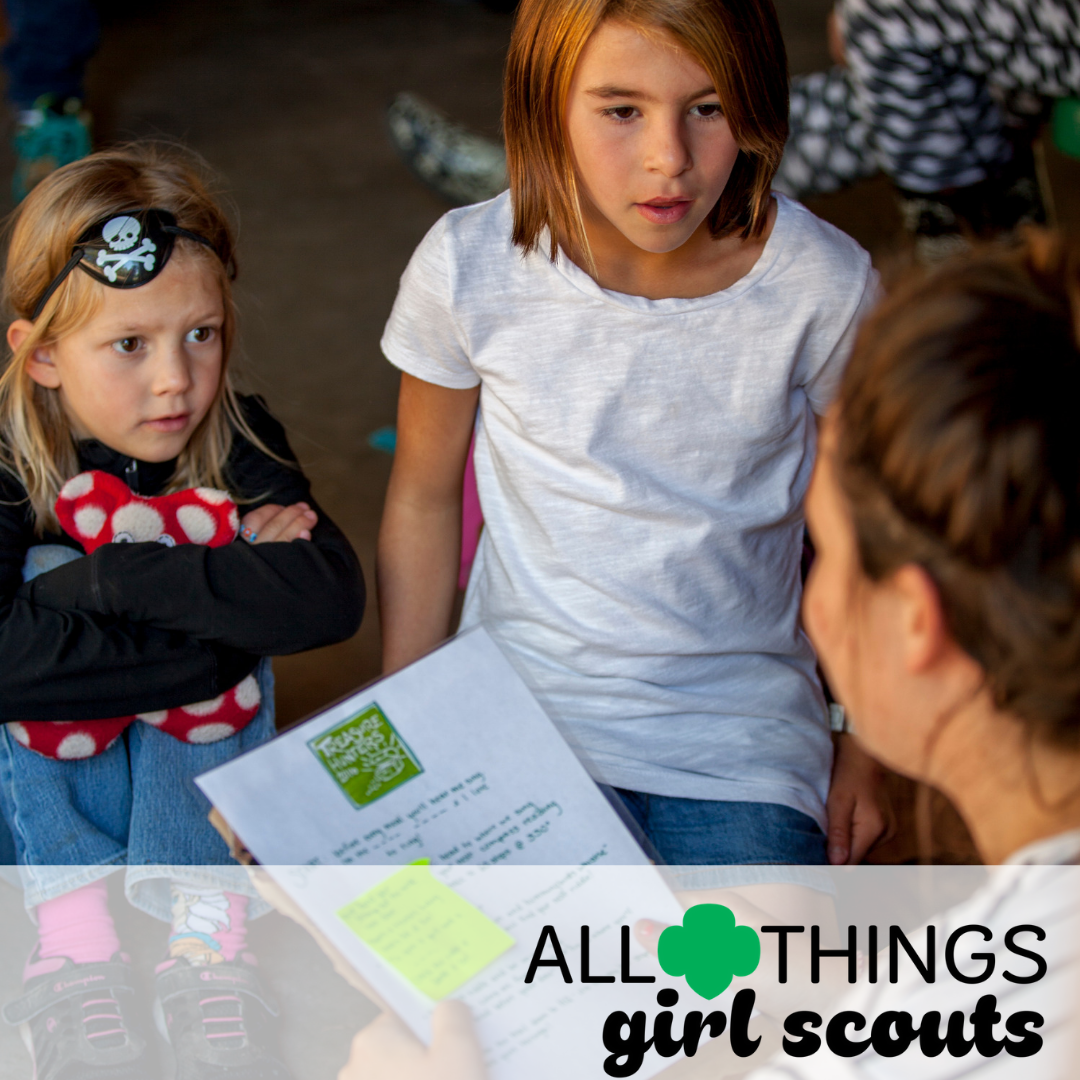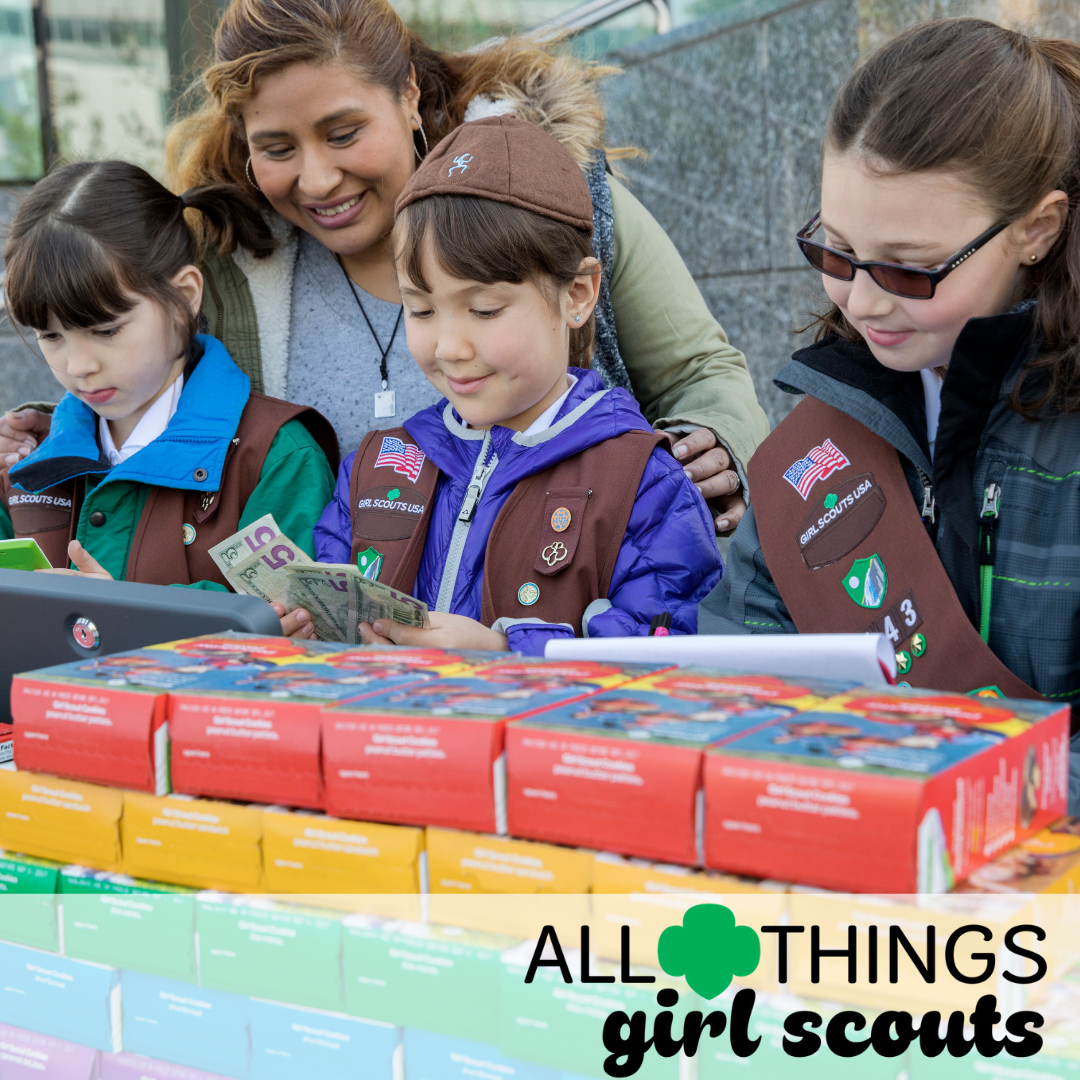Award Ceremonies
Girl Scouts have so many reasons to host an award ceremony. We love to celebrate girls’ achievements, and we’ll plan a party for almost anything, to be honest.
What awards are typically celebrated in a ceremony?
Any award can be celebrated in a ceremony. Some troops host ceremonies to award badges, Journey awards, or other leadership awards. Others reserve ceremonies for specific awards.
The most commonly celebrated awards are:
- The Summit Award – Available at every level and the highest award a Daisy or Brownie can earn. Awarded to girls who have completed at least 3 Journeys at their level.
- The Girl Scout Bronze Award – Available only to Juniors and the highest award a Junior can earn. See requirement information.
- The Girl Scouts Silver Award – Available only to Cadettes and the highest award a Cadette can earn. See requirement information.
- The Girl Scout Gold Award – Available only to Girl Scout Seniors and Ambassadors and the highest award in Girl Scouts. See requirement information.
Who is celebrating?
A troop or service unit usually plans the celebration together. Some girls prefer smaller troop and family ceremonies. Others wish to share their celebration with their service unit, which is a wonderful experience for younger girls in attendance to see role models earning amazing awards. Some councils even host council-wide ceremonies for the most prestigious awards. This is commonly done around bridging season in the late spring, but can be done at any time during the year.
Hosting a Ceremony
Most ceremonies have three parts:
An opening, when guests are welcomed and the tone is set. The opening often includes:
- An opening flag ceremony, usually including the Girl Scout Promise and/or Law
- A greeting from the person who is hosting the event or making announcements
A meaningful middle, when girls’ achievements are recognized. If your ceremony is celebrating multiple girls, the middle section might be repeated a few times. The middle often includes:
- Information about the award being earned
- A time for the girl to speak about what she did to earn the award. Sometimes mentors, troop leaders, or parents join in as well.
- Presentation of the award. Talk to the girl – she may have someone in mind for who she would like to pin the award on her uniform or present the award to her.
- Bonus tip: If the award is being pinned to her uniform, be sure everyone involved knows where on the uniform it belongs. You may want to print off a cheatsheet and highlight the exact placement.
- Presentation of any accompanying recognitions – This could be a certificate or thank you notes from the organization a girl worked with to complete the award. Most Gold Award Girl Scouts can receive congratulatory letters from public officials. If those have arrived, presenting them at this time would be appropriate. Information on how to request the letters.
A closing, where guests are thanked before being sent on their way. The closing often includes:
- A thank you from the hostess or person making announcements
- Notification about any post-ceremony refreshments or activities
- A closing flag ceremony





